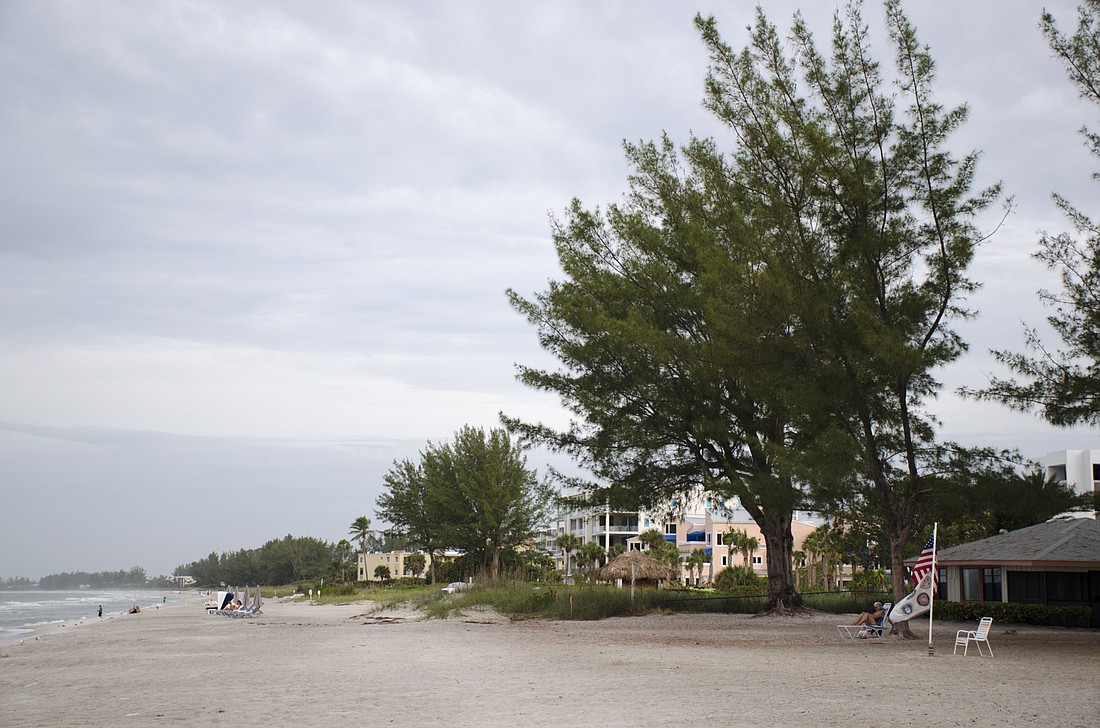- December 18, 2025
-
-
Loading

Loading

Town officials are intensifying their fight against a tall, slim, silent interloper with ties to the Land Down Under, seen lurking for decades around some of the town’s most important power lines, roads and other crucial bits of infrastructure.
No, Longboat Key isn’t looking to run Crocodile Dundee out of these these parts.
Australian pines, an invasive tree species with notoriously shallow roots and a propensity for toppling in heavy winds, remain as much of a concern for town officials now as they have has since the days immediately after Hurricane Irma in 2017.
Since December 2017, when town officials reinstated a program through which property owners could be reimbursed for removal of the pesky trees, there have been few takers.
Originally, a maximum incentive of $1,500 was available for owners of trees posing a threat to Gulf of Mexico Drive. Other Australian pines that could threaten neighborhood roads, public facilities or infrastructure were eligible for $750 reimbursement.
Still, only 11 people took the town up on its offer to remove 18 trees.
One of the obstacles has been the market price for removal. On average, the town has found, tree services charge between $1,700 and $2,000 for the towering trees. Prices climb from there when access is an issue.
So, earlier this month, the town approved raising reimbursements to as much as $1,800 and $1,250. Also changing, each applicant can now seek reimbursement for five trees instead of three. Town officials have to review the applications to confirm the threat level of each tree before allowing the reimbursement to take place.
The trees — an invasive species brought to Florida in the late 19th century — were planted by John Ringling along what is now Gulf of Mexico Drive in the early 1900s, wrote Ralph B. Hunter in his book, “From Calusas to Condominiums: A Pictorial History of Longboat Key.”
Today, possession of the trees with the intent to sell or plant without a permit is illegal in Florida.